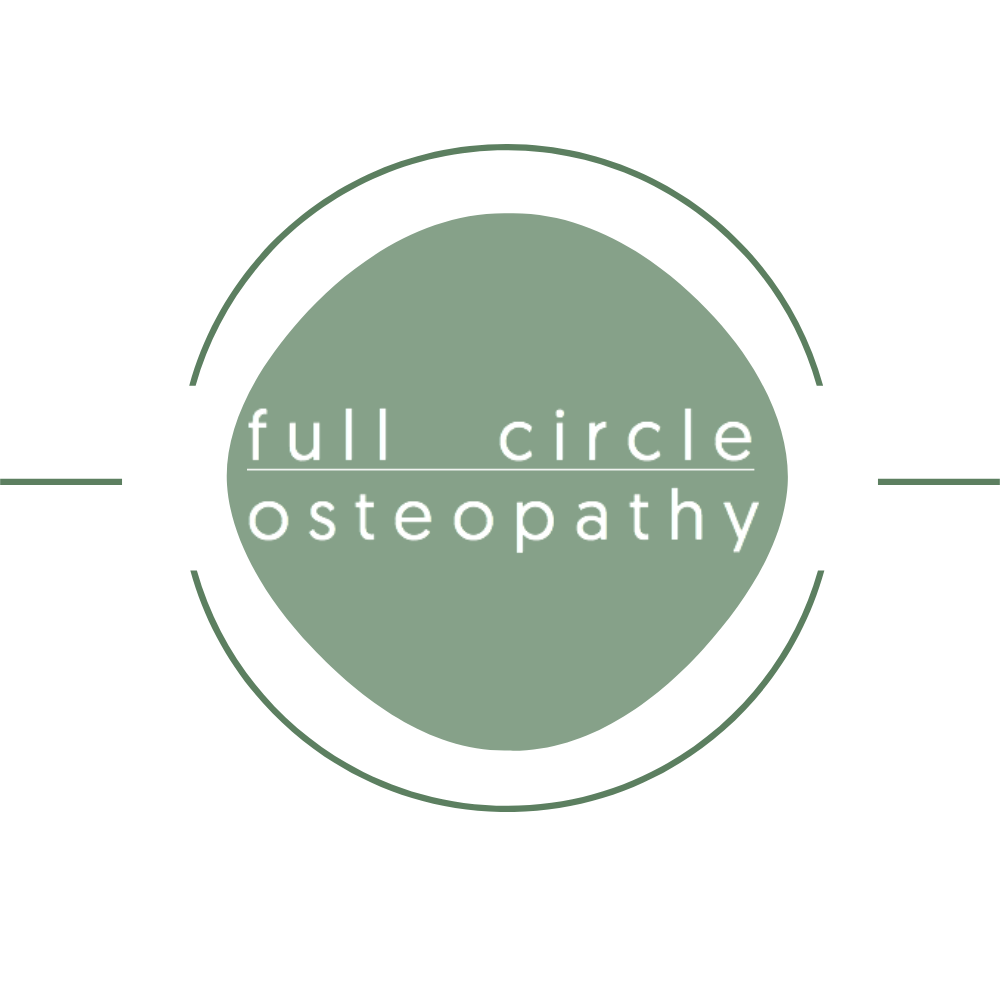Finding the Balance: Upper Crossed Syndrome
This month we’re focusing some attention on postural balance throughout the body. It’s the 21st Century, and our lives are filled with lots of weird and wonderful technology, such as TVs, laptops, computers and mobile phones, just to name a few. While we are thankful for being lucky enough to surround ourselves with such luxuries, they often come at a cost. All this technology and entertainment means we tend to sit a lot more… Sit to watch, sit to play, sit to work! And over prolonged periods, this can wreak havoc on our bodies, altering our posture, and placing undue strain on our muscles and joints. One common condition that might come out of this said lifestyle is Upper Crossed Syndrome (UCS). Read on… (Please sit with a good posture to read!)
What is Upper Crossed Syndrome?
In simple terms, UCS is a condition where some of the muscles on the front and back of the upper body become tight, and others become weak, leading to a forward head, rounded shoulders, and increased spinal curves in the mid-back and neck. When you line up the tight muscles from front to back, and the weak muscles from front to back, it forms a cross or ‘X’ shape when looked at from the side.
Who does it affect?
The most common cause for this condition is people having forward head posture over a long period of time, usually when sitting or standing. Think of your classic desk-based worker, people who watch TV or play computer games for hours on end – even drivers and students!
What does it look like and what are the signs and symptoms?
Someone with UCS will adopt a posture where they have a forward head, shoulders that rotate inwards and sit forwards, increased inward curve of the neck, and an increased outward curve of the mid-back. They may also experience the following:
• Neck, shoulder and upper back pain
• Headaches
• Tightness in the chest and shoulders
• Reduced neck and shoulder joint range of motion
• Pain, numbness and tingling of the upper limbs, possibly down to the hands
• Jaw and low back pain
• Difficulty watching TV, reading a book, or driving for long periods
What can be done about it?
Treatment for UCS usually includes a combination of manual therapy (i.e. visit your trusty local osteopath) and exercise… Again, usually prescribed by your awesome osteopath.
In a nutshell, the manual treatment aims to release the tight muscles around the neck, shoulders and chest, while the exercises aim to strengthen the weakened muscles, and stretch the tight muscles. Your osteopath may need to mobilise (and in some cases manipulate) your shoulder, rib and spinal joints to aid the process. Remember, habits that take a lifetime to build will always take time to undo, so work hard at your exercises, keep every appointment with your practitioner, and between you both, you will get the results that you want in the end.
Remember to take regular breaks from sitting, think about your posture and desk set-up, and do your exercises! Take a stand (excuse the pun) and say no to UCS!
References:
1. Muscolino, J. 2015. Upper Crossed Syndrome. Journal of the Australian Traditional-Medicine Society. 21(2). 82-85. https://search.informit.com.au/documentSummary;dn=268356182476327;res=IELHEA

